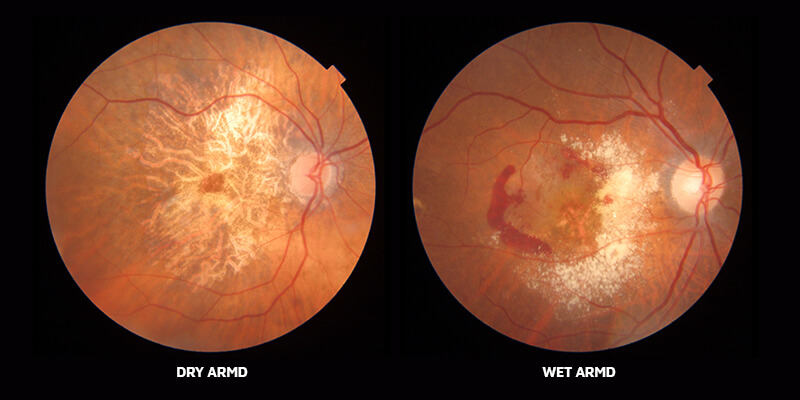
AMD Disease Treatment: What to Expect During the Process
Age-related macular degeneration (AMD) is a common eye condition that can lead to vision loss in older adults. Understanding the treatment process for AMD is crucial for patients and their families. This article provides a detailed overview of what to expect during AMD disease treatment, ensuring you are well-informed and prepared.
Understanding AMD Disease
AMD affects the macula, the part of the retina responsible for central vision. There are two main types of AMD: dry and wet. Dry AMD progresses slowly and is more common, while wet AMD can cause rapid vision loss and requires immediate medical attention.
Initial Diagnosis and Assessment
Comprehensive Eye Exam
The first step in AMD disease treatment is a comprehensive eye exam. Your eye doctor will conduct various tests to determine the type and severity of AMD. These tests may include:
- Visual Acuity Test: Measures how well you can see at various distances.
- Dilated Eye Exam: Provides a detailed view of the retina and macula.
- Optical Coherence Tomography (OCT): Produces cross-sectional images of the retina, helping to detect abnormalities.
Discussing Treatment Options
Once diagnosed, your eye doctor will discuss the available treatment options for AMD disease treatment. The choice of treatment depends on the type of AMD and its progression.
Treatment Options for AMD
Dry AMD Treatment
For dry AMD, the focus is on slowing the progression of the disease. Treatment options may include:
- Nutritional Supplements: High-dose vitamins and minerals, as recommended by the Age-Related Eye Disease Study (AREDS), can help slow the progression of dry AMD.
- Lifestyle Changes: Maintaining a healthy diet, quitting smoking, and protecting your eyes from UV light can contribute to better eye health.
- Regular Monitoring: Regular check-ups with your eye doctor are essential to monitor the progression of dry AMD.
Wet AMD Treatment
Wet AMD requires more aggressive treatment to prevent severe vision loss. Treatment options include:
- Anti-VEGF Injections: These medications are injected directly into the eye to reduce abnormal blood vessel growth and leakage. Common anti-VEGF drugs include Lucentis, Eylea, and Avastin.
- Photodynamic Therapy (PDT): This involves injecting a light-sensitive drug into the bloodstream, followed by shining a laser into the eye to activate the drug and destroy abnormal blood vessels.
- Laser Surgery: High-energy laser beams are used to seal leaking blood vessels in the eye. This method is less common due to the availability of more effective treatments like anti-VEGF injections.
What to Expect During Treatment
Preparing for Treatment
Before starting any AMD disease treatment, your eye doctor will provide detailed instructions on how to prepare. This may include:
- Scheduling Regular Appointments: AMD treatment often requires multiple visits to the eye doctor.
- Understanding the Procedure: Your doctor will explain the treatment process, potential side effects, and what to expect during and after the procedure.
- Arranging Transportation: Some treatments may cause temporary vision impairment, so arranging for someone to drive you home is advisable.
During the Treatment
The specifics of AMD disease treatment depend on the chosen method:
- Anti-VEGF Injections: The eye is numbed with drops, and the medication is injected into the eye. The procedure is quick and usually painless.
- Photodynamic Therapy: After the injection of the light-sensitive drug, a special laser is directed at the retina. The entire process takes about 20 minutes.
- Laser Surgery: This outpatient procedure uses a laser to target and seal abnormal blood vessels. It is generally quick, but may require follow-up visits.
Post-Treatment Care
After AMD disease treatment, follow your doctor’s instructions carefully to ensure the best possible outcome. Post-treatment care may include:
- Using Prescribed Medications: Your doctor may prescribe eye drops or other medications to prevent infection and reduce inflammation.
- Monitoring Vision Changes: Keep track of any changes in your vision and report them to your doctor immediately.
- Regular Follow-Up Visits: Continue with scheduled follow-up appointments to monitor your progress and adjust treatment as necessary.
Managing Expectations
Potential Side Effects
Like any medical treatment, AMD disease treatment may have side effects. Common side effects include:
- Eye Irritation: Mild discomfort, redness, or irritation at the injection site.
- Temporary Vision Changes: Blurred vision or light sensitivity following the procedure.
- Infection: Though rare, there is a risk of infection with any eye injection or surgery.
Long-Term Outlook
The effectiveness of AMD disease treatment varies depending on the individual and the type of AMD. While treatment can slow the progression of the disease and preserve vision, regular monitoring and ongoing care are essential for managing AMD effectively.
Conclusion
Understanding what to expect during the process of AMD disease treatment can help you feel more prepared and confident in managing this condition. By following your doctor’s recommendations and staying informed about your treatment options, you can take proactive steps to preserve your vision and maintain your quality of life.






